Irene Purasachit saw the floral industry’s waste problem firsthand – now she makes material for handbags from discarded blooms

Florist school in London was supposed to be a dream come true for Irene Purasachit.
‘I’ve always loved flowers, and wanted to work with them – but right away I saw how much waste is created because a flower just isn’t pretty enough,’ explains Purasachit, who grew up in Thailand and is now pursuing her Master’s degree at Aalto University.
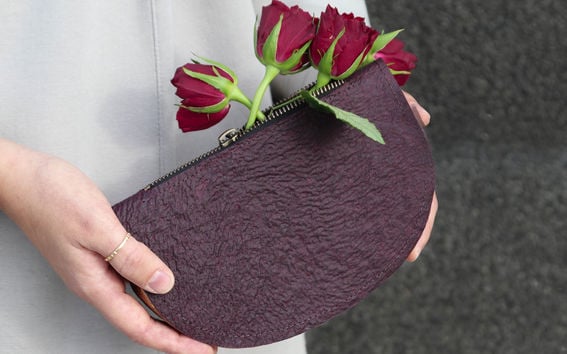
Since retailers want to stock the best-looking flowers, about 40 percent of flowers grown for cutting are discarded at some stage of the supply chain. The tools used by professionals aren’t innocent either; floral foam, a staple for creating intricate floral arrangements, breaks down into microplastics that make their way into waters.
In her undergraduate studies, Purasachit had already created vases, trays and chair covers from fruit peels. Could she create a replacement for floral foam from the kind of biowaste being anyway produced by the industry? Or could she use it to develop other renewable materials?
A designer doesn’t belong in the lab – or does she?
Despite her excitement, Puraschit ran into a dead-end at her university at the time. She needed to know more about materials and chemical engineering, but these subjects weren’t available to designers.
The flower enthusiast scrolled through what universities abroad offered and found what she was looking for: Aalto University’s CHEMARTS programme, where design and materials science students and researchers develop new biomaterials together.
‘Aalto’s genuine multidisciplinarity brought me here,’ she explains.
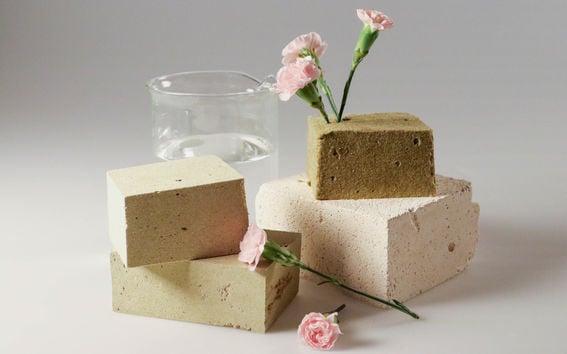
In her biomaterial work, Purasachit makes use of floral waste in three ways. She dries, grinds and mixes petals into a mass, which is pressed into a flexible material a little reminiscent of leather. Stems and leaves are boiled into a cellulose mixture; after adding a binding agent, she either presses it into a paper or bakes it into a floral foam.
Of the flowers tested to date, irises, carnations, sunflowers work as raw material, as do roses—Purasachit’s favourite bloom to work with.
‘Roses have lots of petals and various beautiful shades, which I try to preserve as well as possible,’ she says, emphasizing that all new biomaterials have their challenges.
‘This can’t be sewn as quickly or easily as, for example, leather and it’s not as durable. That being said, a card-holder I’ve made has been in use for months and it’s just like new.’
New start-up
Lavish use of flowers is a part of everyday life in Purasachit’s home country, she says. Thailand’s capital Bangkok is home to the large Pak Klog Talatin flower market. Each of its 500 vendors produces on average one cubic meter of floral waste per day.
As part of her Master’s thesis Purasachit has conceptualised flower workshops, with the first being planned for Bangkok’s flower market. The workshop would combine raw materials, material production, design, as well as sales—a package that could create new, sustainable jobs and business.
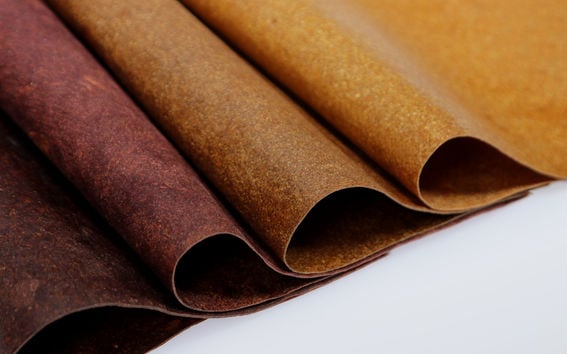
Flower materials have also sparked interest in Europe. In Finland, Purasachit has mapped out a collaboration with FlowerResque, which gathers second-grade flowers to make, for instance, bouquets for care homes. She has also entered negotiations with a small, specialized shoe manufacturer based in Germany.
‘Maybe soon we’ll have sneakers made of flowers,’ she says. ‘My goal is to find new partners to test materials, develop prototypes and scale-up.’
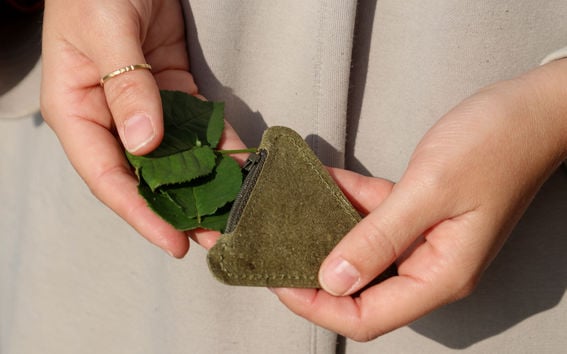
All photos: Irene Purasachit
Instagram @irenepurasachit
Website www.irenepurasachit.com
Contact: [email protected]
CHEMARTS
CHEMARTS website
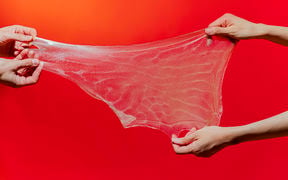
Contemporary Design - Design, Master of Arts (Art and Design)
What alternative materials can best replace plastic? How can traditional crafts be merged with contemporary design? What kind of products do we need in our changing society?
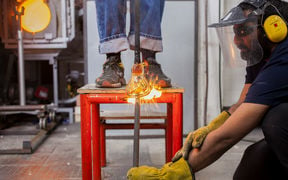
- Published:
- Updated:
Read more news

Funding for a democratic transition to sustainability
Three projects from Aalto University are among the recipients. The Nessling Foundation's grants aim to advance the implementation of sustainability transitions in the context of democracy, the EU, and nature conservation areas.
A community where personal connections and career paths intertwine
Assistant professor of operations management Siavash Khajavi explains how studying Industrial Engineering and Management helps students develop hard skills through rigorous studies and soft skills through countless interactions and collaboration.